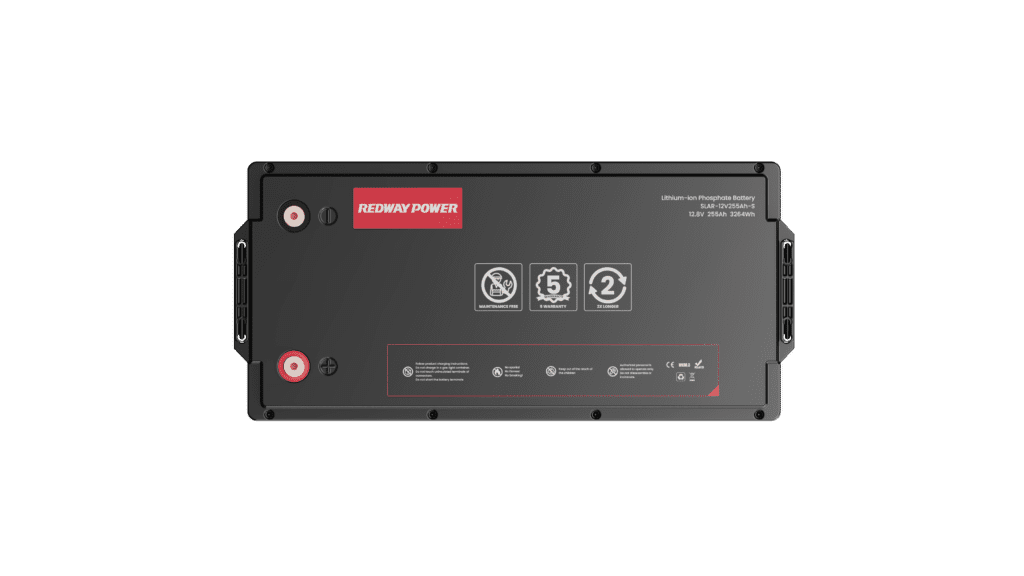Are you in the market for a new battery, but confused about all the different types available? Don’t worry, you’re not alone! It can be tricky to navigate the world of batteries and figure out which one is right for your needs. In this post, we’ll dive into two popular types: LTO and LFP batteries. Keep reading to learn more about what sets these two options apart and which one might be best for you.

#post_seo_title
What are LTO and LFP batteries?
LTO batteries (lithium titanate oxide) and LFP batteries (lithium iron phosphate) are two types of lithium-ion batteries. Both types of batteries have their own advantages and disadvantages.
LTO batteries have a longer life span than LFP batteries. They can be charged and discharged more times than LFP batteries before they need to be replaced. Additionally, LTO batteries can handle higher temperatures than LFP batteries. However, LTO batteries are more expensive than LFP batteries.
LFP batteries do not last as long as LTO batteries, but they are less expensive. Additionally, LFP batteries can be discharged at a lower temperature than LTO battery, making them ideal for cold weather conditions.
The difference between LTO and LFP batteries
LTO batteries are lithium-ion batteries that use lithium titanate as the positive electrode material, while LFP batteries use lithium iron phosphate. The two battery types have different benefits and drawbacks.
LTO batteries have a longer lifespan than LFP batteries, but they are also more expensive. LTO batteries can handle more charge and discharge cycles than LFP batteries, making them ideal for applications that require frequent cycling, such as electric vehicles. However, LTO batteries have a lower energy density than LFP batteries, meaning that they are not as well suited for applications where weight is a critical factor, such as portable electronics.
LFP batteries have a shorter lifespan than LTO batteries, but they are cheaper. LFP batteries also have a higher energy density than LTO batteries, making them ideal for applications where weight is a critical factor. However, LFP batteries cannot handle as many charge and discharge cycles as LTO batteries, making them less suitable for applications that require frequent cycling.
Pros and cons of each type of battery
When trying to determine which type of battery is best for your needs, it’s important to understand the pros and cons of each option. Here is a breakdown of the pros and cons of LTO and LFP batteries:
LTO Batteries
Pros:
-LTO batteries are one of the most affordable types of batteries on the market.
-They have a very long lifespan, with some models lasting up to 10 years.
-LTO batteries require very little maintenance.
-They are very safe and stable, making them a good choice for those who are safety-conscious.
-LTO batteries can be used in a wide range of temperatures, making them a versatile option.
Cons:
-LTO batteries have a lower energy density than other types of batteries, meaning they can’t store as much energy as some other options.
-They also have a shorter discharge time than other types, so they may not be the best choice for those who need a lot of power over a long period of time.
LFP Batteries
Pros:
-LFP batteries have a very high energy density, meaning they can store more energy than most other types of batteries.
-They also have a longer discharge time than most other types, so they can provide power for longer periods of time.
-LFP batteries are environmentally friendly and
Which type of battery is right for you?
If you’re considering an LTO battery for your home, it’s important to first understand what type of battery is right for you. LTO batteries are a great choice for many homes, but they may not be the right choice for everyone. Here are some things to consider when deciding if an LTO battery is right for you:
Your energy needs: LTO batteries are best suited for homes with high energy needs. If you have a large home or frequently use high-energy appliances, an LTO battery can help you save on your energy bill.
The climate in your area: LTO batteries perform best in moderate climates. If you live in an area with extreme temperatures, you may want to consider another type of battery.
Your budget: LTO batteries can be more expensive than other types of batteries, so it’s important to consider your budget when making your decision.
Once you’ve considered these factors, you should be able to decide if an LTO battery is right for you and your home.
How to care for your LTO or LFP battery
Assuming you are using Lithium-ion batteries, below are general tips on how to get the most out of your battery:
-Read the manufacturer’s instructions carefully. This will give you the specific charge and discharge rates as well as other limitations for your particular battery.
-Avoid discharging the battery all the way to 0% or charging it all the way to 100%. Both extremes can shorten the lifespan of your battery.
-Try to keep your battery between 20-80% charged whenever possible.
-Store your battery in a cool, dry place when not in use. Heat and humidity can accelerate degradation.
-If you won’t be using your device for an extended period of time (weeks or months), it’s best to store it with a partial charge (around 50%).
Conclusion
In summary, LTO batteries are a newer type of rechargeable battery technology that offer high energy density and long cycle life. On the other hand, LFPs are lead acid based with lower energy density but more stable chemistry. Both of these technologies have their pros and cons depending on your needs and application, so it is important to consider which one best suits your requirements before making any purchase decision. Ultimately, both technologies offer reliable power sources for a variety of applications in terms of performance and cost-effectiveness.

